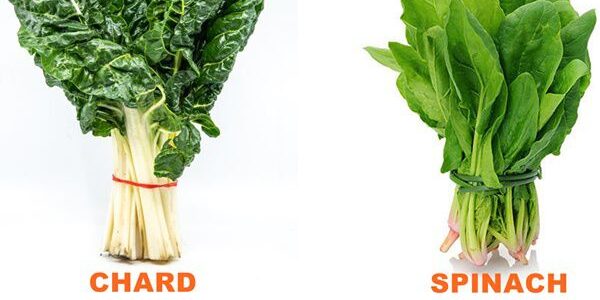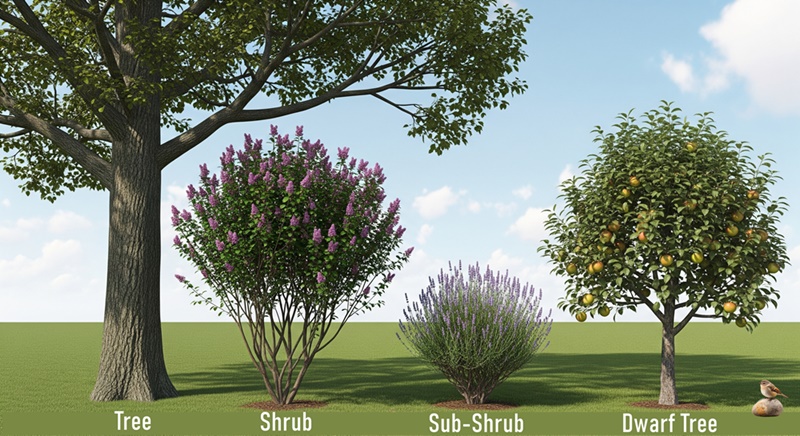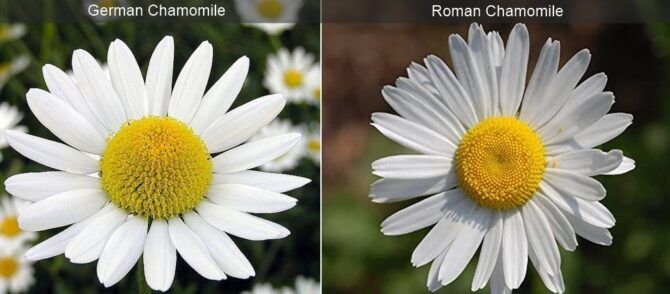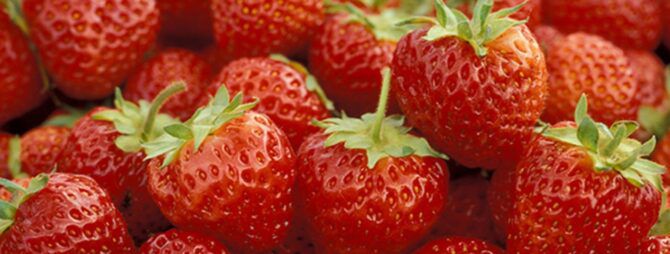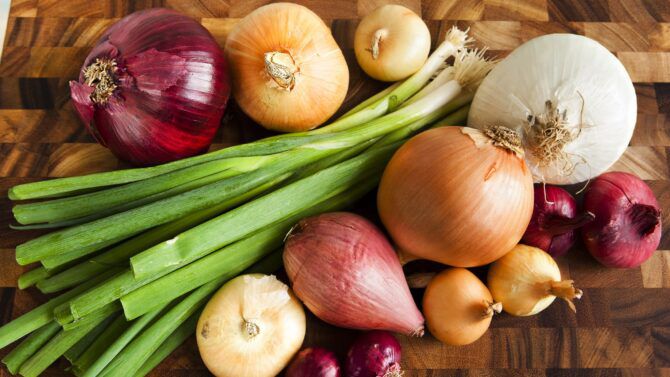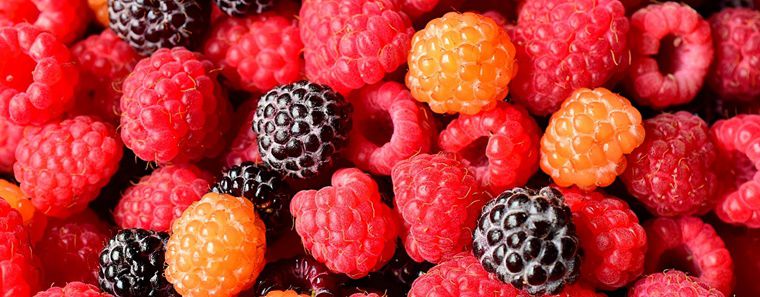Gardening Tips
The differences between Klip Dagga and Wild Dagga
The differences between Klip Dagga (Leonotis nepetifolia) and Wild Dagga (Leonotis leonurus) are few, hence they are often confused with one another.
Both plants belong to the Leonotis Genus and the Lamiaceae (mint) family native to southern Africa. The Leonotis Genus contains 9 accepted species (Leonotis decadonta; Leonotis goetzei; Leonotis grandis; Leonotis leonurus; Leonotis myricifolia; Leonotis myrothamnifolia; Leonotis nepetifolia; Leonotis ocymifolia; Leonotis pole-evansii). However, only one L. nepetifolia, shares the entheogenic properties of L. leonurus.
Klip Dagga and Wild Dagga are botanical cousins with a similar growth and flowers. Both plants are used medicinally and both have a long history of being used as a smoking herb and an alternative to smoking cannabis.
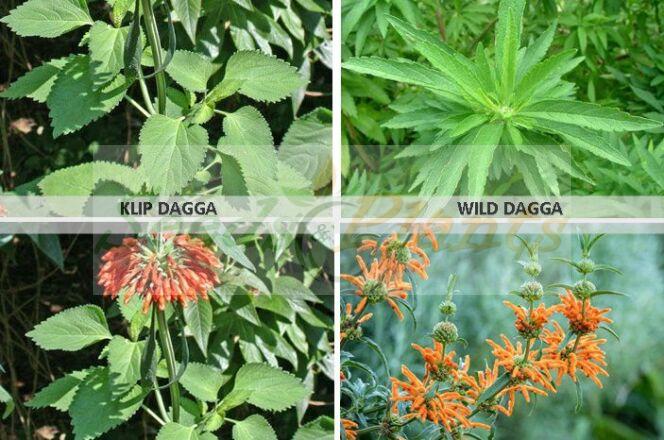
The differences:
- Leonotis leonurus is a perennial that requires a long growing season whereas Leonotis nepetifolia is an annual.
- Leonotis nepetifolia is known as Lion’s Ear, while Leonotis leonurus is known as Lion’s Tail.
- Leonotis nepetifolia contains more leonurine, a pseudoalkaloid, than Leonotis leonurus.
- The leaf structures are very different. Klip Dagga leaves grow wider, almost heart-shaped, with a serrated edge and the Wild Dagga leaves are much thinner and longer. For both species, leaf shape varies depending where it is on the stem. Where it’s higher up, it is narrow and long.
- Both plants have bright orange flowers with white filaments, growing in a tubular pattern. However, some variations of Leonotis nepetifolia may also produce red, white, and purple flowers.
Disclaimer
Medicinal Information:
All medicinal information on this website is for educational and informational purposes only and may not be construed as medical advice. The information is not intended to replace medical advice or treatment offered by healthcare professionals.
Seeds, Plants, Plant Cuttings, Geophytes and Dried Herbs:
In some countries and provinces, certain plants are deemed as invasive and are not allowed to be planted at all, whilst some plants are allowed to be grown only in certain areas or provinces. The onus is on you as the buyer to familiarize yourself with the regulations pertaining to your location, before purchasing any of our seeds, plants, plant cuttings, geophytes or dried herbs. We will not be held liable, should you purchase any seeds, plants, plant cuttings, geophytes or dried herbs. from us which are prohibited in your country or province.

